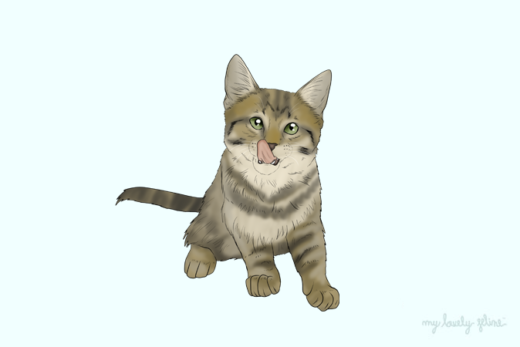Traditionally bred as sled dogs, Siberian Huskies are well known for their desire to run, love of cold weather, and social nature. They are incredibly clever pups and talented escape artists. If you are considering bringing a husky into your family, it is important to understand their unique personalities, potential health concerns, and grooming and exercise needs.
History
As their name suggests, the Siberian Husky’s ancestors were originally bred in the Siberia region of northeastern Asia by the seminomadic Chukchi people. According to the Encyclopedia Britannica, huskies were originally kept as family companion dogs and endurance sled dogs. Put simply, they are powerhouses—huskies can travel long distances at moderate speeds, carrying a light load in extremely low temperatures, all while expending a minimal amount of energy.
Siberian Huskies caught the eye of the public when they began winning sled races in the early 1900s. In 1910, the first team of huskies, driven by John “Iron Man” Johnson, won the 400-mile All Alaska Sweepstakes Race. According to AKC, huskies also served in the United States Army’s Arctic Search & Rescue Unit of the Air Transport Command during World War II.
The breed really shot to global stardom, however, in 1925, when legendary musher Leonhard Seppala led a relay of Siberian Huskies 658 miles in only five and a half days. The team delivered lifesaving medicine to Nome, Alaska, where an epidemic of diphtheria had broken out. Balto, who was Seppala’s lead dog on the final leg of the “serum run,” remains one of the most honored hero dogs in canine history. A statue of Balto stands in New York City’s Central Park.
Siberian husky size
Siberian Huskies are considered medium-sized dogs. They are generally smaller and lighter than their burly arctic cousin, the Alaskan Malamute.
- Male Siberian Huskies typically stand about 21 to 24 inches tall and weigh between 45 and 60 pounds.
- Females are slightly smaller, about 20 to 22 inches tall and between 35 to 50 pounds in weight.
Appearance
These graceful dogs are known for their powerful, effortless gait and beautiful eyes. Husky eyes can be light brown or light blue, or sometimes one of each. They have erect ears and a thick double coat that keeps them warm in the coldest temperatures.
Siberian Huskies’ dense, soft coat can be gray, tan, or black and white. They may have markings the resemble a cap, mask, or spectacles. These dogs are most comfortable in cold weather and can easily overheat in hot conditions, warns the Pet Health Network. Husky owners are likely familiar with their dogs refusing to come inside from playing or even just laying down in the snow.





